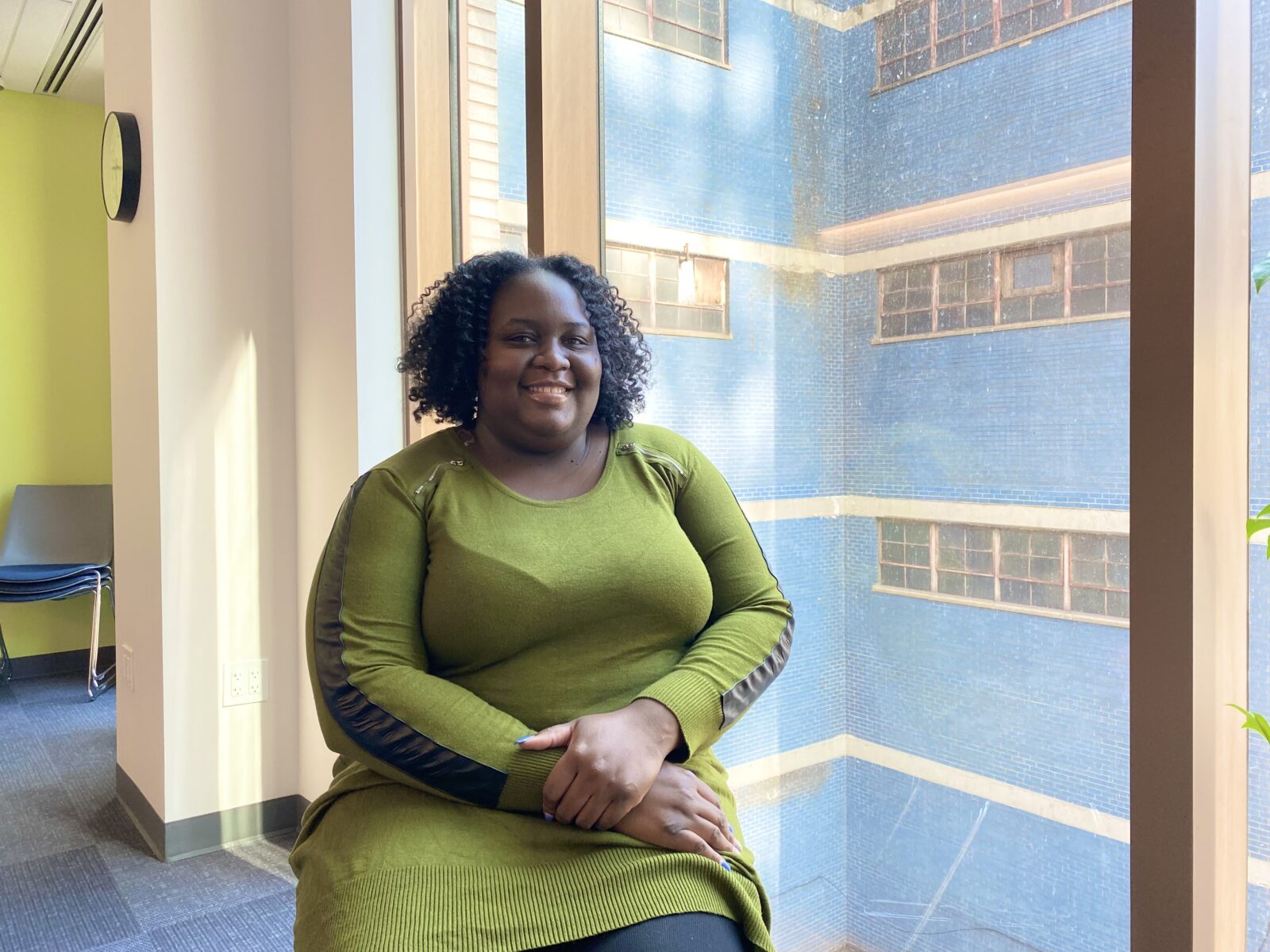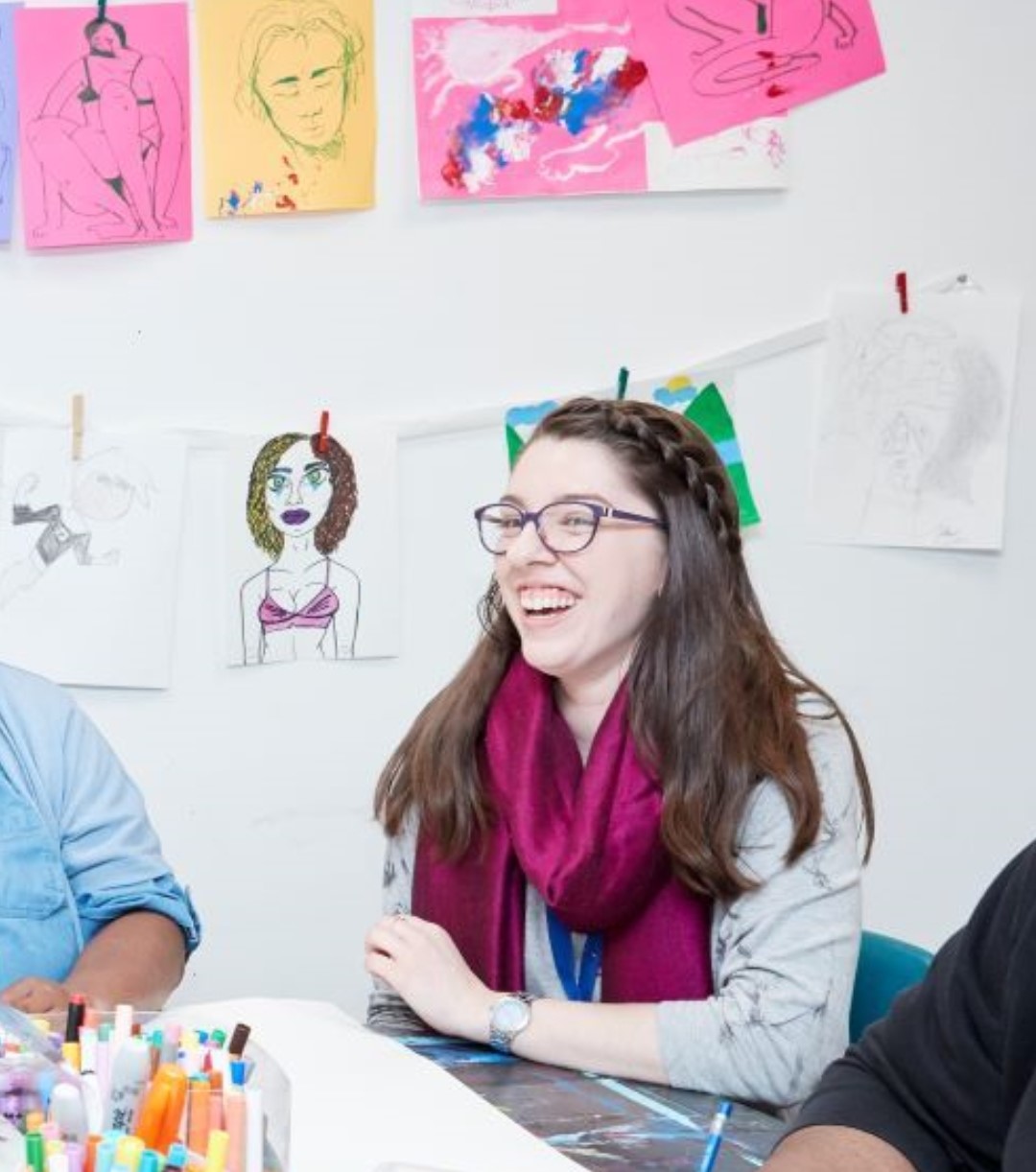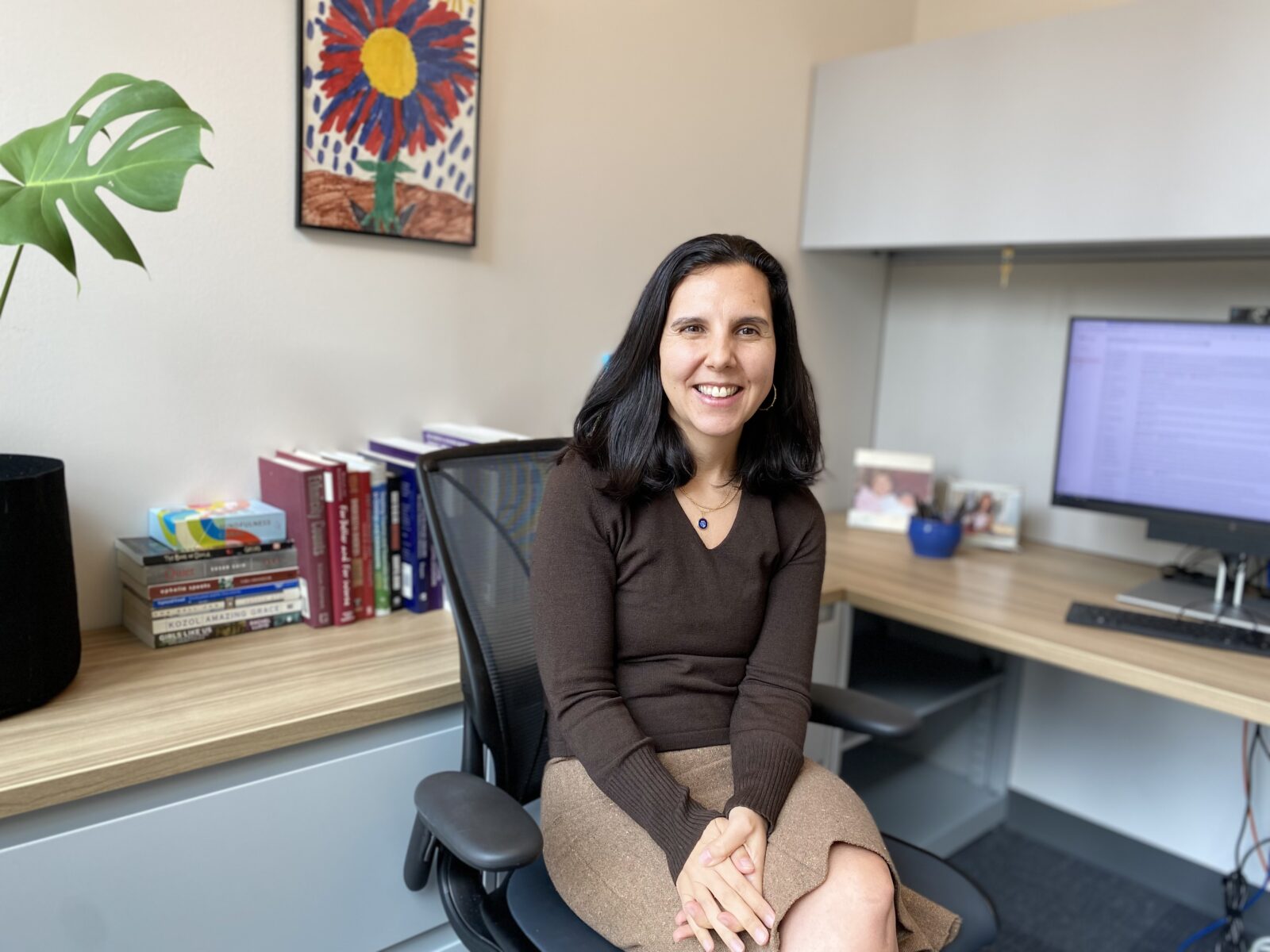It’s no secret that women make less money than men. Hispanic women lead the pay gap in the U.S., earning just 57 cents for every $1 earned by white men. Indigenous women earn 60 cents and Black women, despite consistently having some of the highest labor force participation, earn 64 cents. White women make 79 cents for every $1 in 2020, over 20% less than their male counterparts. (Khatter, 2021).
The leading cause of the pay gap, according to a Cornell University study released in 2016, is the difference between the occupations and industries in which women and men tend to work. In general, male-dominated fields pay more, female-dominated fields pay less. Exceptions include civil services and unionized workplaces (Khan, 2016).
More than 75% of social workers are female. When a job is populated by women, it is viewed as less important, and therefore pays less, even if it requires unique skills and higher education (Miller, 2016). Social workers are required to hold a master’s degree and maintain a state-issued license to practice. Yet the median salary for social workers in the U.S. is just over $50K. Only the top 10% of social workers earn over $82K. In contrast, the average base salary for a computer engineer with a 4-year degree is 91K and entry-level finance majors earn over $110K (Payscale.com).
Though dubbed essential workers throughout the pandemic, social workers often go unrecognized and undervalued.
“I feel like sometimes we are overlooked,” says Deputy Director of Mental Health Services, DeNisha Hooker. “People wrongly assume that social work is for women and more importantly, they don’t understand what we do.”
It’s more than being a good listener and relating to clients. Many skills are required to help people heal and grow. Social workers spend their days helping people in our society cope with complicated mental, physical and financial problems.
“People want to see something immediate but we are dealing in healing feelings and emotions,” Hooker explains. “That takes time; that takes patience.”
It also takes continuous education, according to Elizabeth Sawka, a social worker at CHNY’s Rights of Passage, a transitional housing program.
“Just like an MD, we continue learning and attend training throughout our careers,” she says.
The demand for social workers is projected to grow at 12% a year through 2030, faster than most professions. There is a need for more men in the field, all interviewed for this article agree. Out of CHNY’s 15 social workers and 7 interns, there are 4 male social workers and 1 male intern. This is on par with the national average of 25% male social workers.
“We are fortunate for the wonderful male social workers on our team. They are important not only for our male-identifying clients but also for the female-identifying. Having positive male role models is pivotal for the development of our young people,” says Samantha Alvarez Benowitz, Senior Director of Mental Health and Anti-Human Trafficking Services.
“The field has a diversity problem in general,” she adds. “As much as we can, it is important that we have social workers who look like our young people, and social workers who represent a completely different background. While one youth may find it best to meet with someone who looks like them, another might find those similarities triggering.”
So why do social workers persist despite high educational requirements and low pay?
“The young people we work with are so misunderstood and the majority of the stigmas overshadowing them are not true,” says Hooker. “We need to treat the young people in our communities with more grace. We are here to understand them – not judge them.”
In addition to the desire to help individuals, many social workers enter the field to help their communities and address systemic issues.
“I was working in education at underfunded high schools in NYC and quickly realized I was not provided with the adequate tools to do my work the way I wanted to,” says Hadley Cronk, a social worker at our Manhattan Crisis Shelter. “I saw that young people in New York needed better support and a degree in social work would provide me with a greater skillset to provide that support.”
According to Samantha Alvarez Benowitz, Covenant House New York is moving the organization in a more positive direction both for social workers and the young people they support.
“I think we are taking steps in the right direction by starting up a DEI committee, and having discussions around pay equity. I am hopeful that this committee and these discussions will lead to more transparency around equitable pay, and whose work is valued,” she says.
Through partnerships with NYC Department of Health and Mental Hygiene and Catholic Charities, CHNY is able to help employees access a full-ride scholarship for a MSW through Hunter College and Fordham University.
“We are hopeful that by easing that financial burden they will have a better educational experience and more work flexibility once they graduate,” Alvarez Benowitz says.
Her team agrees that when compared to other organizations they’ve worked at, the CHNY mental health team is different.
Cronk explains, “the mental health department at CHNY is well-funded and we are resourced with the tools we need to provide the youth with the support they deserve. On a more personal note, I am surprised how well my colleagues take care of themselves and that is encouraging. There is a common narrative that people in the helping profession experience compassion fatigue and burnout. But I haven’t seen that happen here. Our social work team is very special and we help one another in supporting ourselves.”

DeNisha Hooker, Deputy Director of Mental Health Services. 
Hadley Cronk, Social Worker. 
Elizabeth Sawka, Senior Social Worker. 
Samantha Alvarez Benowitz, Senior Director of Mental Health and Anti-Human Trafficking Services.
Blau, F. D., & Kahn, L. M. (2017). The Gender Wage Gap: Extent, Trends, and Explanations. Journal of Economic Literature, 55(3), 789–865. http://www.jstor.org/stable/26303306
Home Page v2. Payscale. (2022, March 22). Retrieved March 24, 2022, from https://www.payscale.com/
Miller, C. C. (2016, March 18). As women take over a male-dominated field, the pay drops. The New York Times. Retrieved March 24, 2022, from https://www.nytimes.com/2016/03/20/upshot/as-women-take-over-a-male-dominated-field-the-pay-drops.html
President, J. C. I. V., Cusick, J., President, I. V., Montecinos Director, C., Montecinos, C., Director, Manager, L. O. S., Oduyeru, L., Manager, S., GordonDirector, P., Gordon, P., Shepherd Director, M., Shepherd, M., Hanlon, S., Frye, J., Holmes, K., Zhavoronkova, M., Bleiweis, R., Siddiqi, M., … Harris, T. (2022, January 19). Women of color and the wage gap. Center for American Progress. Retrieved March 24, 2022, from https://www.americanprogress.org/article/women-of-color-and-the-wage-gap/
